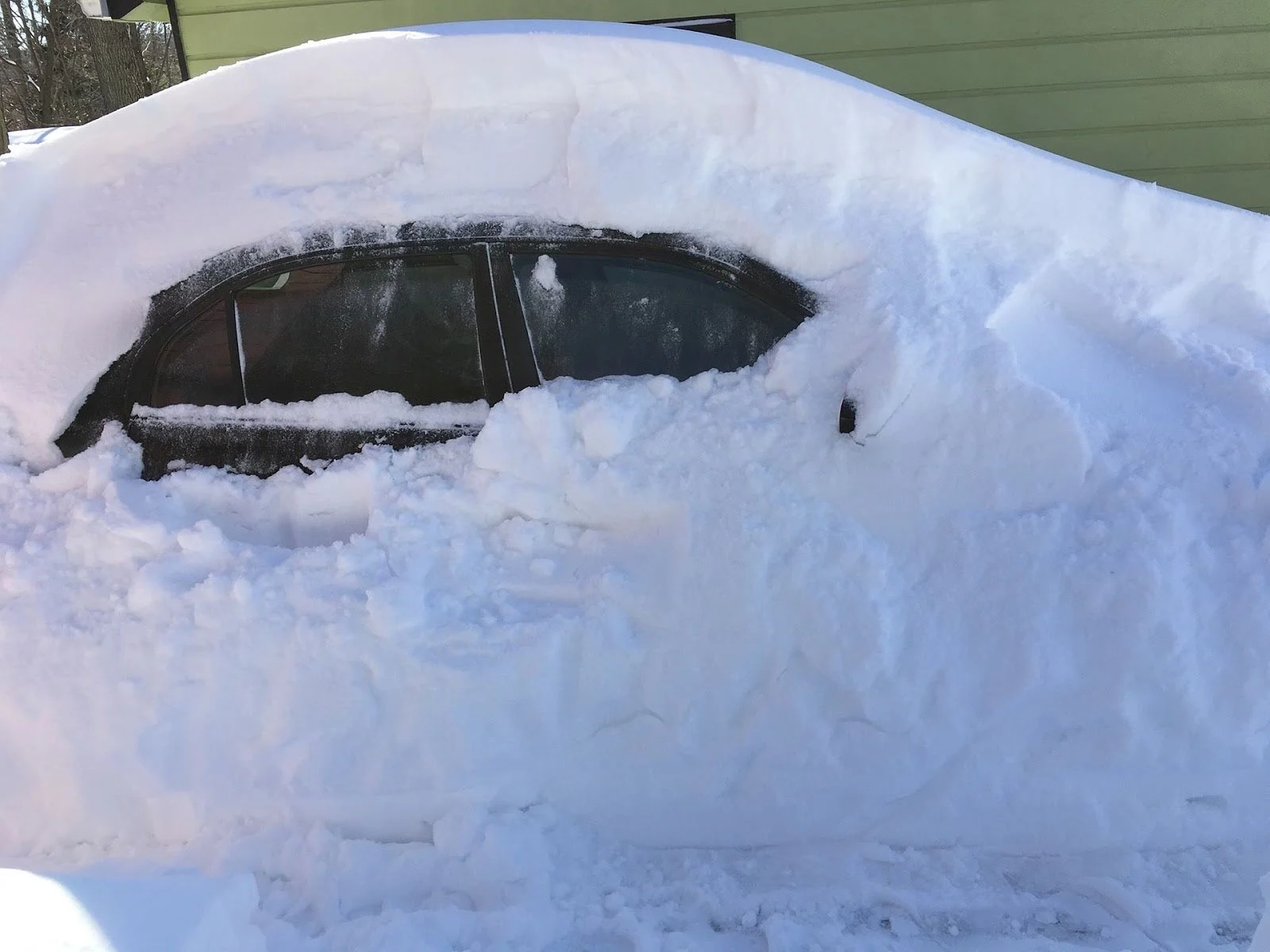
A state of emergency was called for the Great Buffalo Blizzard of 2014
The epic November 2014 lake-effect snow event will be remembered as one of the most significant in Buffalo’s snowy history.
This Day In Weather History is a daily podcast by Chris Mei from The Weather Network, featuring stories about people, communities and events and how weather impacted them.
--
The epic November 2014 lake-effect snow event will be remembered as one of the most significant in Buffalo’s snowy history. There were two rounds of snow, which began on Nov. 17 and kept up its pace off Lake Erie through Nov. 21.
As of midday on Nov. 18, an unofficial snowfall measurement of 60 inches (152.5 cm) had already been recorded in the past 24 hours in Lackawanna, N.Y., just south of Buffalo. Meanwhile, the maximum snowfall total that was recorded in a 48-hour duration went to southern Cheektowaga, where, off Lake Erie, it was buried under 65 inches (165 cm) of snow.
This resulted in the closing of all major highways, stranding thousands of motorists. The sheer weight of the accumulated snow collapsed more than 100 roofs, and left a total of 14 people dead from storm-related injuries.
New York Gov. Andrew Cuomo declared a state of emergency for several counties on Nov. 18. Parts of the heavily travelled Interstate 90 didn't reopen until Nov. 22. When it did, the freeway was restricted to snow removal crews, emergency crews and tow trucks to move stranded and abandoned cars. During the storm, driving bans remained in effect past Nov. 22.
On today's podcast, Chris Mei discusses the massive blizzard, how much snow fell and the enormous cleanup that ensued in the days following the conclusion to the epic event.
Subscribe to 'This Day in Weather History': Apple Podcasts | Amazon Alexa | Google Assistant | Spotify | Google Podcasts | iHeartRadio | Overcast'
Thumbnail courtesy of Pixabay.











